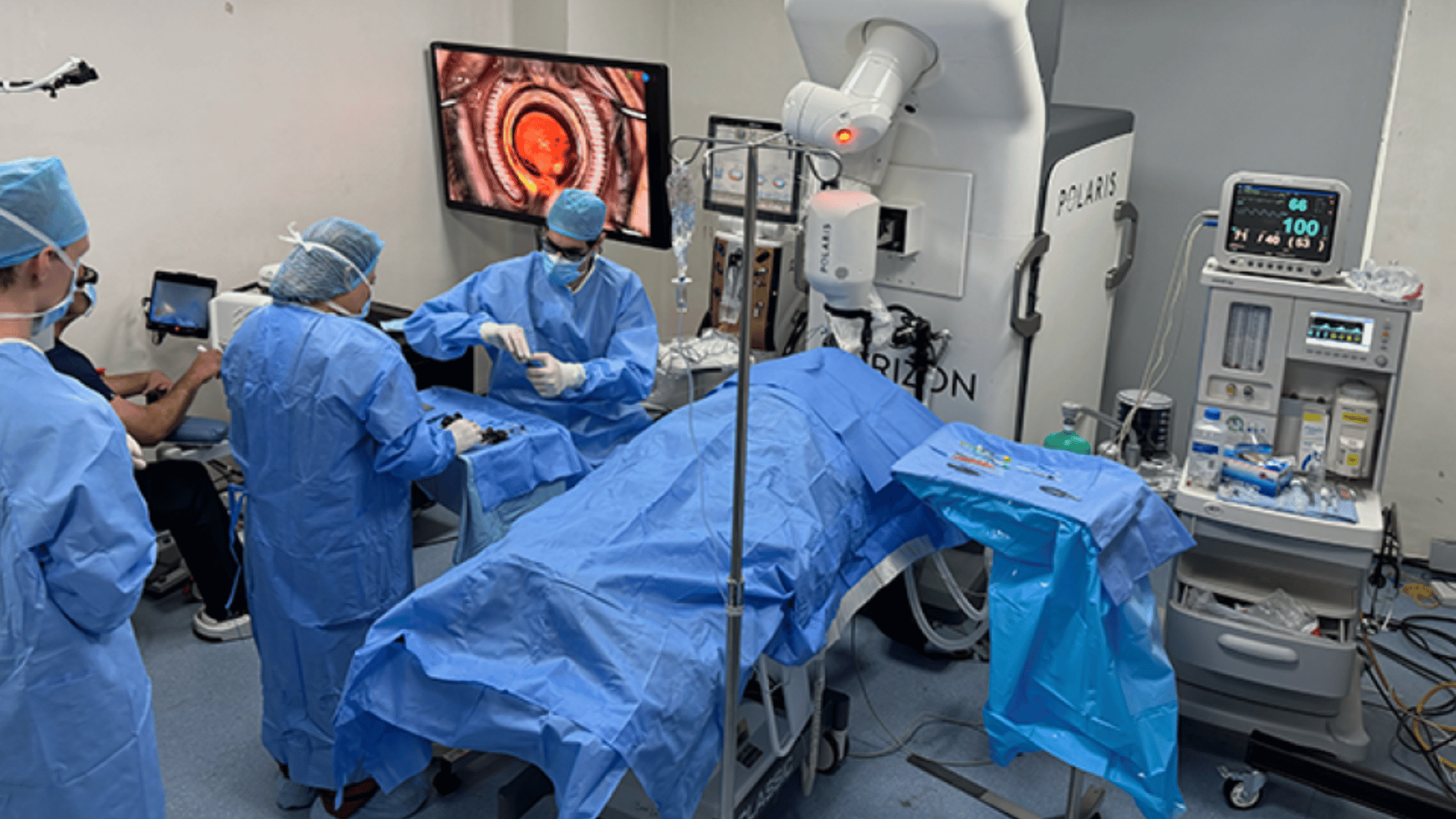The Lincoln Laboratory Supercomputing Center (LLSC) at MIT has introduced its latest system, the TX-Generative AI Next (TX-GAIN). According to researchers, it’s the most powerful AI supercomputer at any U.S. university. Recognized by the biannual TOP500 list, TX-GAIN joins a lineage of high-performance computing resources that support cutting-edge research and development.
The system is engineered for intense mathematical calculations. Researchers say it boasts a peak performance of two AI exaflops (two quintillion mathematical calculations per second). To achieve this, it is powered by more than 600 NVIDIA graphics processing unit accelerators, specially designed for AI operations.
Lincoln Laboratory Fellow Jeremy Kepner, who heads the LLSC, emphasized the system’s role in advancing discovery. He said, “TX-GAIN will enable our researchers to achieve scientific and engineering breakthroughs. The system will play a large role in supporting generative AI, physical simulation, and data analysis across all research areas.”
A Leap Forward For Generative AI and Supercomputers

TX-GAIN represents a significant advancement for generative AI. Kepner defines it as a mathematical combination of filling in gaps and extending data.
While commonly known for powering large language models, the research teams are applying the technology to diverse domains. MIT researchers are utilizing TX-GAIN to evaluate radar signatures, supplement missing weather data, root out anomalies in network traffic, and explore chemical interactions for designing new medicines and materials.
Researchers can already feel the impact of this computational power. Rafael Jaimes, a researcher in Lincoln Laboratory’s Counter–Weapons of Mass Destruction Systems Group, noted its potential for biological defense.
“TX-GAIN is allowing us to model not only significantly more protein interactions than ever before, but also much larger proteins with more atoms,” he said. “This new computational capability is a game-changer for protein characterization efforts in biological defense.”
Furthermore, the research team at the LLSC is actively tackling the immense energy needs of AI. Staff are leading research into power-reduction methods, having developed a software tool that can reduce the energy required to train an AI model by as much as 80 percent.
The “TX” nomenclature itself pays homage to the Laboratory’s legacy, including the pioneering TX-0 and TX-2 machines, which advanced human-computer interaction and AI decades ago. With TX-GAIN, MIT continues its history of innovation.







